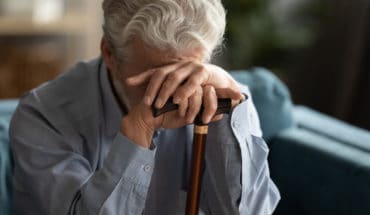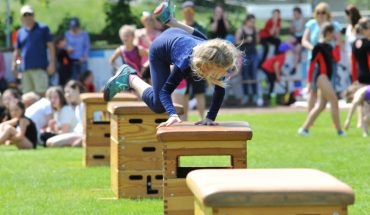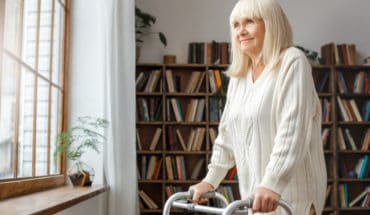As part of our regular series on the risks of getting common chronic diseases, we look at the risk of developing arthritis.
Disorders of the musculoskeletal system, including osteoarthritis, which is caused by wear and tear on joints over time, (unlike rheumatoid arthritis which is an autoimmune disorder meaning the body attacks its own joints) becomes progressively more likely as we age. ‘Osteoarthritis, which is the most common form of joint disease, affecting 8.75 million people in the UK, usually starts from the late 40s onwards, and affects more women than men. We don’t fully understand why it’s more common in older people, but it might be due to your muscles weakening and your body being less able to heal itself, or your joint slowly wearing out over time,’ explains Dr Tom Margham, primary care lead at Arthritis Research UK. According to the statistics compiled by Imperial College for Arthritis Research UK, women are more likely than men at all ages to have these two common types of the disease.
By age 45-64, 31 per cent of women have been to see their doctor about the condition, compared to 23 per cent of men. That increases to 44 per cent of women and 35 per cent of men in the decade between 65-74. Over the age of 74, it has gone up to 49 per cent of women and 42 per cent of men.
The knee joint is the likeliest place for OA to occur in both men and women and usually starts to be felt between the ages of 45 and 64 when 16.95 per cent of men and 20.20 per cent of women are likely to have the condition. In the next decade, that rises slightly for both men and women when men have a 17.34 per cent and women a 20.94 per cent chance of having OA in the knee. After age 75, the incidence drops off to 13.97 per cent for women and 17.04 per cent for men. The figures are similar for the hip joint, which is the next most common place. Between the age of 45 and 64, just over 8 per cent of men have hip OA but 13.69 per cent of women. The rate for men hardly increases in the decade between 65 and 74, but rises to 14.3 per cent for women. Interestingly, over the age of 75, the rates for both men and women decrease to 7.18 per cent for men and 12.41 per cent for women. ‘For most joints, especially the knees and hands, osteoarthritis is more common and more severe in women. While the underlying mechanisms for differences in osteoarthritis rates between men and women are not yet known, recent studies have indicated sex differences at the cellular and molecular levels may influence development of the disease. Biology may have a lot to do with it. Women’s bodies are designed to give birth, and that means the tendons in their lower body are more elastic than men’s. “As a result, the joints probably move around a little more,” says Dr Tom Margham. When the joints have less stability, they’re more prone to injury.
Also, because women’s hips are wider than their knees, their knee joints are not aligned as straight as men’s.
- Biden Declines Second Term: Health Concerns - 23rd July 2024
- New catheter coating stops bacteria cells from swarming - 10th June 2024
- AI-designed catheters could dramatically reduce urinary tract infections - 10th June 2024






